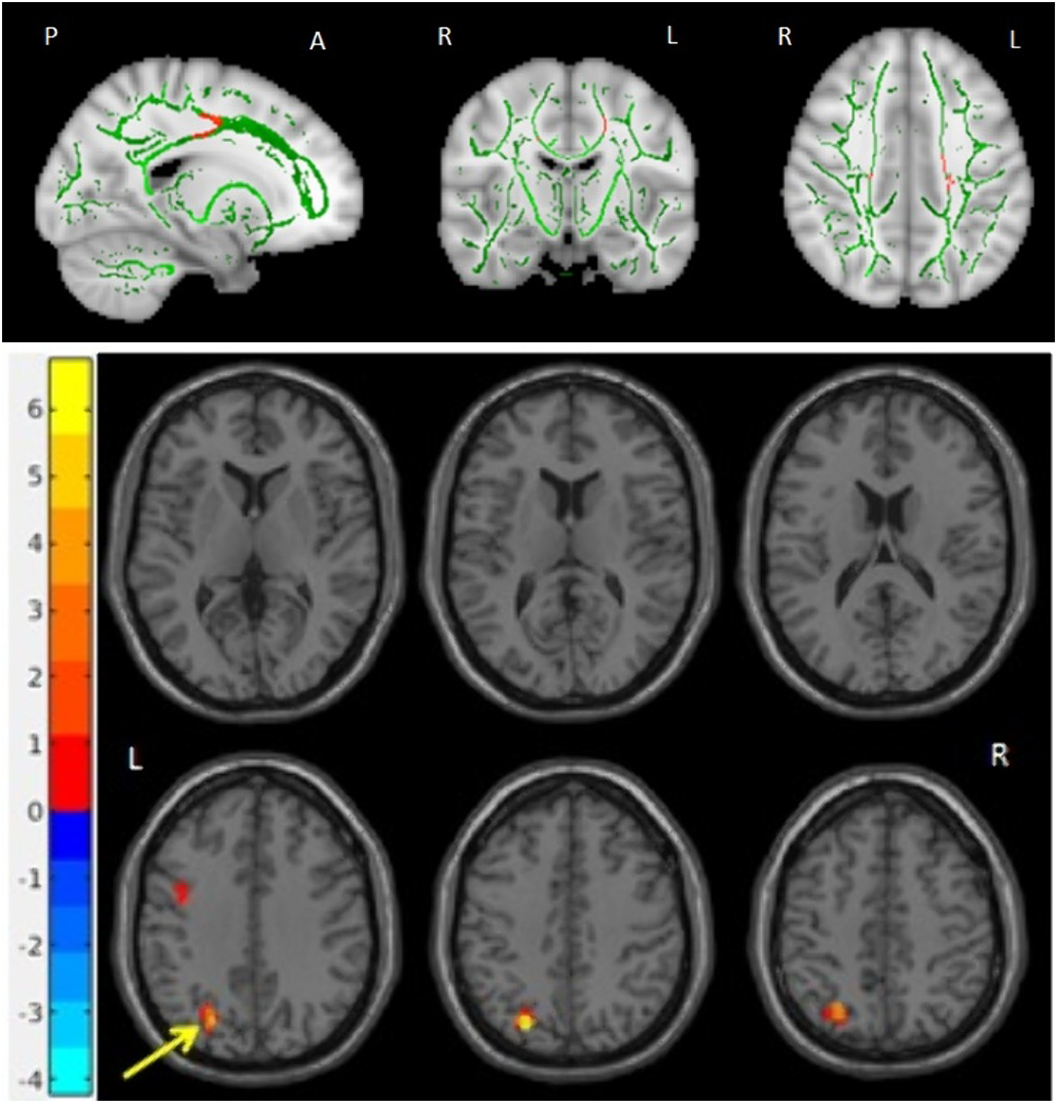On tests of design fluency, an examinee draws as many different designs as possible in a specified time limit while avoiding repetition. The neuroanatomical substrates and diagnostic group differences of design fluency repetition errors and total correct scores were examined in 110 individuals diagnosed with dementia, 53 with mild cognitive impairment (MCI), and 37 neurologically healthy controls. The errors correlated significantly with volumes in the right and left orbitofrontal cortex (OFC), the right and left superior frontal gyrus, the right inferior frontal gyrus, and the right striatum, but did not correlate with volumes in any parietal or temporal lobe regions. Regression analyses indicated that the lateral OFC may be particularly crucial for preventing these errors, even after excluding patients with behavioral variant frontotemporal dementia (bvFTD) from the analysis. Total correct correlated more diffusely with volumes in the right and left frontal and parietal cortex, the right temporal cortex, and the right striatum and thalamus. Patients diagnosed with bvFTD made significantly more repetition errors than patients diagnosed with MCI, Alzheimer's disease, semantic dementia, progressive supranuclear palsy, or corticobasal syndrome. In contrast, total correct design scores did not differentiate the dementia patients. These results highlight the frontal-anatomic specificity of design fluency repetitions. In addition, the results indicate that the propensity to make these errors supports the diagnosis of bvFTD. (JINS, 2012, 18, 1–11)


